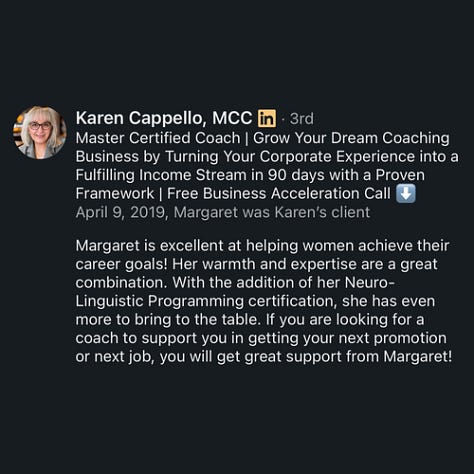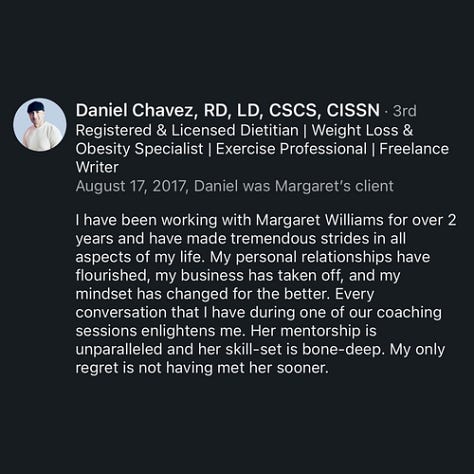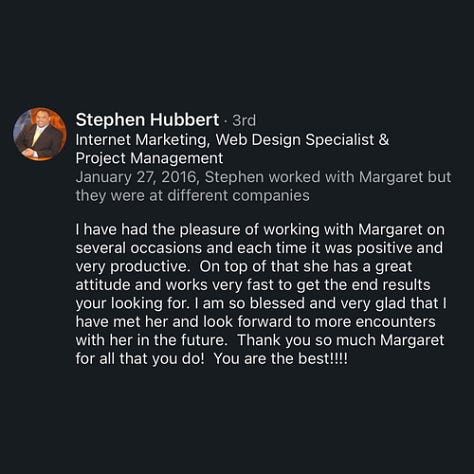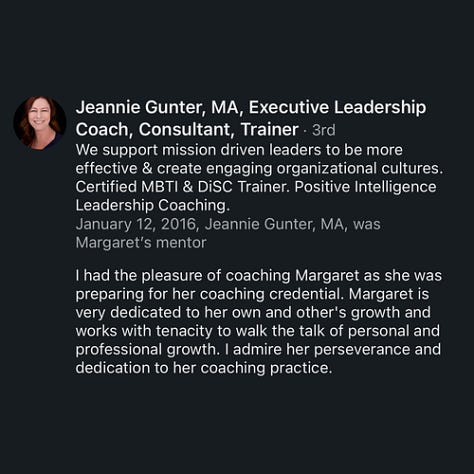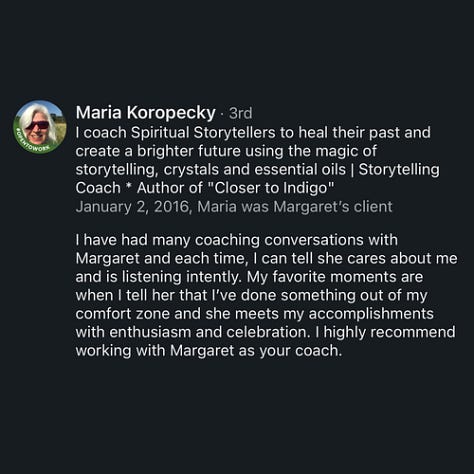
"Success is not final; failure is not fatal: it is the courage to continue that counts." — Winston Churchill
The Essence of Resilience
Resilience is not a fixed trait but a skill you develop over time. Research indicates that 75% of employees report resilience is critical for career advancement in high-pressure roles (American Psychological Association [APA], 2020).
It's about adapting to challenges, being flexible, and bouncing back from setbacks. I have faced numerous project challenges throughout my career, but I use lessons learned to innovate and achieve greater success. Each challenge strengthens you, turning setbacks into triumphs and bringing you closer to reaching your desired outcome.
Aligning with Organizational Purpose
In high-pressure leadership roles, aligning with your organization's mission, vision, goals, and values is crucial. Studies show that employees are 3.5 times more likely to be engaged when they understand how their work contributes to their organization's mission (Gallup, 2020).
Furthermore, a cohesive vision unites leaders and teams, effectively empowering them to overcome challenges. Common goals or shared interests solidify buy-in from stakeholders, and that’s why creating trust is crucial. When leaders and teams share a vision, they make a cohesive force that overcomes even the toughest challenges.
Knowing Yourself and Your Team
Self-awareness is the foundation of effective leadership. Take time to understand you and your team's strengths and growth areas. Leaders with high emotional intelligence are 4.4 times more likely to inspire and engage their teams (Goleman, 2015).
However, being aware of certain tendencies significantly improved my performance over time. Seeing various tendencies in others, I could modify my behavior to counteract and hopefully increase team members’ awareness. Embracing systemic thinking—seeing how individuals and processes interconnect—unlocks opportunities for innovation.
Commitment to Continuous Learning
Resilient leaders never stop learning, which consists of staying curious about emerging trends, seeking feedback, or exploring new perspectives. Research reveals that organizations encouraging continuous learning are 52% more adaptable to change and disruption (Harvard Business Review, 2018).
I quickly learned that the way up was to be a sponge and absorb all the knowledge I could. By being at the right place and time to apply this knowledge, I was able to advance my career, giving me a leg up on the competition. Think of it as expanding your toolbox; every skill or insight adds another tool for success.
Fostering Psychological Safety
Psychological safety allows teams to thrive under pressure. According to Google's Project Aristotle, teams with high psychological safety are 27% more likely to generate innovative solutions (Rozovsky, 2015).
When team members feel respected, valued, and heard, they're more likely to share ideas and solutions. I have worked in environments where psychological safety was non-existent. Once detected, I kept my head down and mouth closed while strategizing my exit plan. A leader's ability to create a safe space for collaboration and trust is transformative.
Cultivating Leadership Awareness
Leadership awareness involves reflection, patience, and a willingness to grow. It's about showing up authentically, managing pressure with poise, and making informed decisions. I use the Insight Timer app for meditation to center myself before a critical meeting. I also use it to calm myself when stressed, to motivate myself when feeling uninspired, and to uplift myself when feeling blue. This practice doesn't just benefit the leader but also sets the tone for the entire team.
The Role of Mindfulness and Gratitude
Mindfulness and gratitude aren't just buzzwords—they're powerful tools for resilience. Mindful leaders who practice techniques such as meditation report a 28% increase in decision-making efficiency under pressure (Forbes Insights, 2019).
I use the Day One app to journal my daily thoughts, which provides clarity, and I use gratitude practices to improve my mood and perspective. Additionally, studies indicate that gratitude journaling reduces stress by 23% and enhances overall workplace satisfaction (Emmons & McCullough, 2003). Lastly, I can lead under pressure by setting boundaries and prioritizing self-care. Think of self-care as fueling your engine; you can't go far without it.
Maintaining a Growth Mindset
A growth mindset transforms how leaders view challenges. Instead of fearing failure, I see setbacks as opportunities for growth. Leaders with this mindset are 40% more likely to innovate and lead change effectively (Dweck, 2016). Conversely, coming back stronger and more knowledgeable leads to higher levels of success. By embracing a growth mindset, leaders inspire their teams to innovate and persevere.
Practical Tools to Build Resilience
Here are a few tools you can use to enhance resilience:
• Journaling: Reflect on challenges and successes to gain clarity.
• Mindfulness Exercises: Practice deep breathing or meditation to reduce stress.
• Healthy Boundaries: Learn to say no to maintain focus and prevent burnout.
• Continuous Learning: Expand your perspective by exploring new ideas and skills.
• Team Empowerment: Encourage your team to contribute solutions, fostering growth and collaboration.
Conclusion
Resilience is a journey, not a destination. You can thrive in high-pressure leadership roles by aligning with purpose, fostering psychological safety, embracing learning, and practicing mindfulness. Remember, resilience isn't about having all the answers—it's about adapting, learning, and leading with courage.
Commit to one practice from this article today. Start small but start now. Your journey to becoming a resilient leader begins with a single step.
References
American Psychological Association. (2020). Stress in America: A national mental health crisis. Retrieved from [https://www.apa.org]
Dweck, C. S. (2016). Mindset: The new psychology of success. Random House.
Emmons, R. A., & McCullough, M. E. (2003). Counting blessings versus burdens: An experimental investigation of gratitude and subjective well-being in daily life. Journal of Personality and Social Psychology, 84(2), 377–389.
Forbes Insights. (2019). The mindfulness advantage: How leaders manage pressure effectively. Retrieved from [https://www.forbes.com]
Gallup. (2020). Employee engagement and organizational alignment. Retrieved from [https://www.gallup.com]
Goleman, D. (2015). Emotional intelligence: Why it can matter more than IQ. Bantam Books.
Harvard Business Review. (2018). The business case for continuous learning. Retrieved from [https://www.hbr.org]
Rozovsky, J. (2015). Guide to high-performing teams. Google Research. Retrieved from [https://www.google.com]
